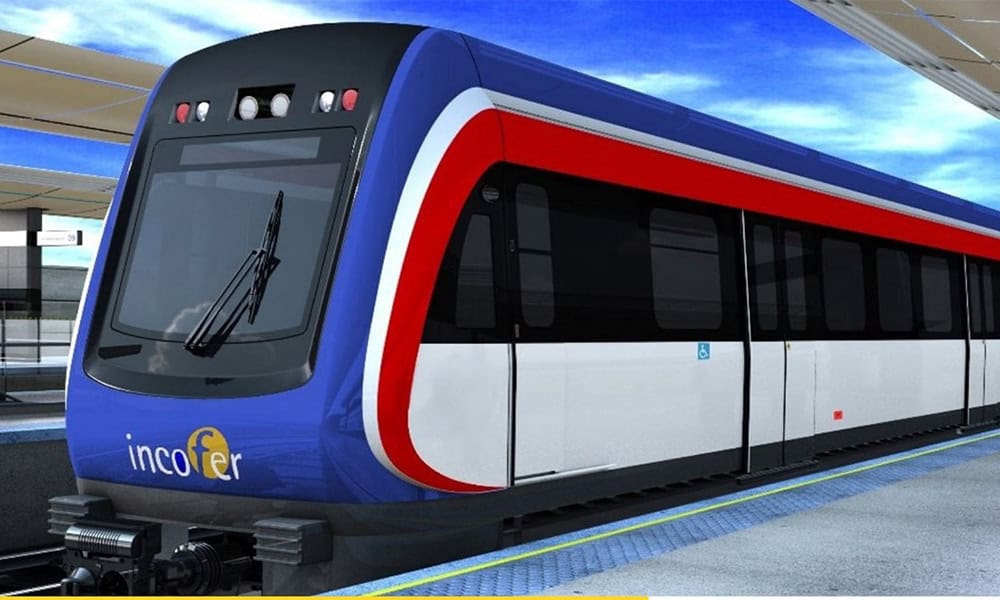Costa Rica eagerly awaits an efficient public transportation system to address the severe traffic congestion and environmental challenges plaguing the Greater Metropolitan Area. Despite several governments’ promises to build a train, these plans have yet to materialize.
According to the Ministry of Public Works and Transportation (MOPT), feasibility studies for an urban electric train—conducted by Meta Engineering from Barcelona, Spain—are expected to be delivered in October. Mauricio Batalla, Minister of Public Works and Transportation, confirmed that the Spanish company will provide detailed findings.
“In October, Meta from Barcelona will deliver the project and its feasibility study. We will then validate it with the President and the Minister of Finance to secure resources and advance this important project,” he stated.
Former President Carlos Alvarado had proposed a plan estimated to cost $1.5 billion, while the new project is expected to require approximately $800 million. Batalla noted that nearly $500 million is available in the Legislative Assembly through a loan from the Central American Bank for Economic Integration (CABEI). This cost variation results from changes in the planned routes; the updated plan focuses on a route from Paraíso de Cartago to San José, rather than connecting Cartago, San José, Heredia, and Alajuela as initially proposed.
In May 2024, Meta’s team conducted technical visits and strategic meetings as part of the consultancy for generating technical and administrative information aimed at formalizing the Fast Passenger Train (TRP) in Costa Rica.
“At #GrupoMeta, we are committed to transforming and modernizing public transportation in Costa Rica, ensuring a more sustainable and cleaner future for all. Our goal is to provide safe, clean, fast, and efficient transportation; reduce travel times; mitigate vehicle congestion; and lower hydrocarbon emissions, thereby enhancing the quality of life in the GAM,” they stated.
The next steps will involve reviewing the feasibility study in October and determining the funding and implementation strategy to move forward with the project.

